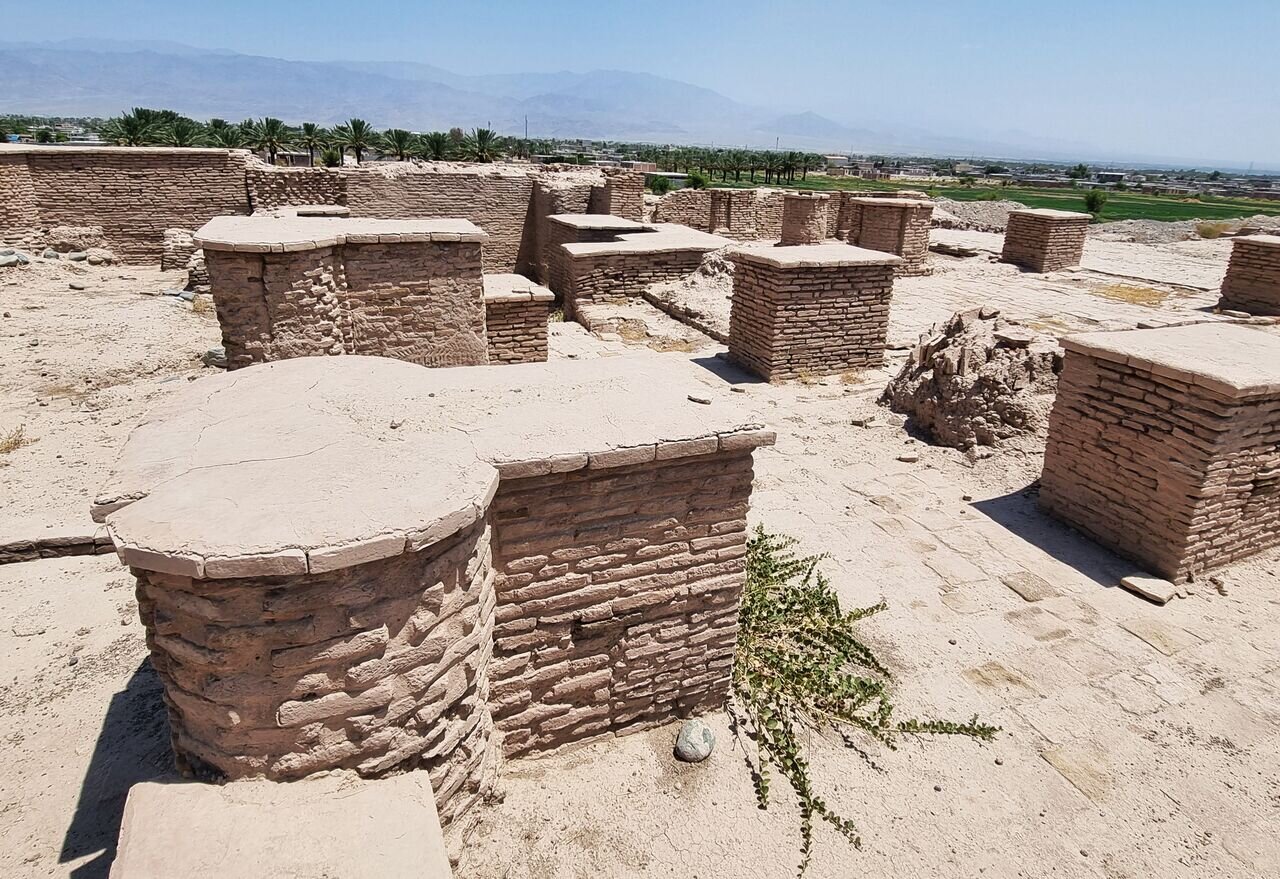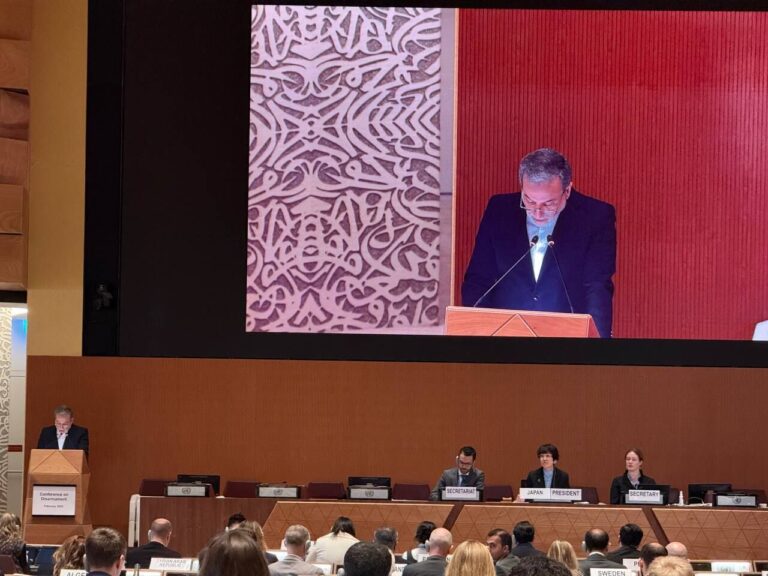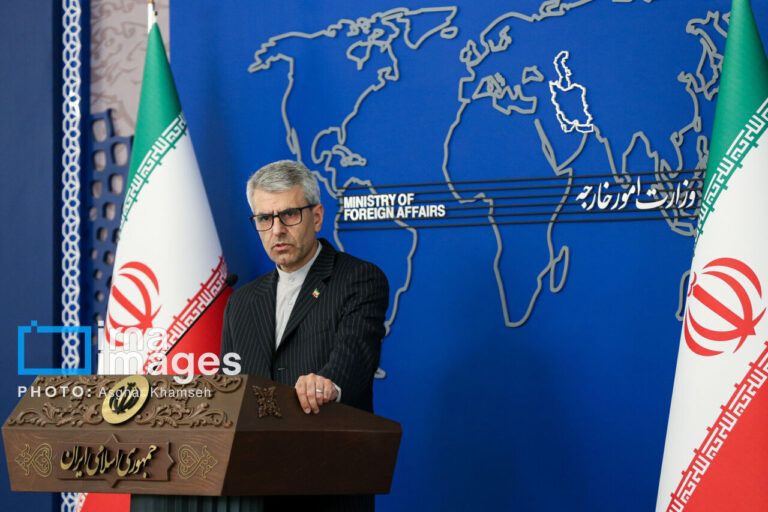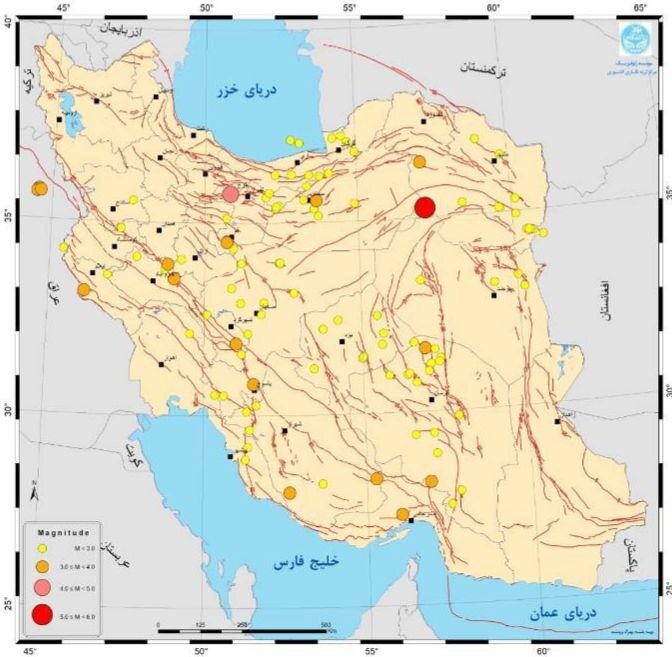Archaeologists Discover New Section of 1,200-Year-Old Jiroft Mosque: A Glimpse into Ancient History
Recent archaeological discoveries in the ancient city of Jiroft, also known as Daqyanoos, have unveiled significant findings that highlight the area’s historical and cultural importance. This ancient city, which dates back to the Saffarid and Seljuk dynasties, has been a focal point for researchers aiming to understand the development of early Islamic civilization.
According to Hamideh Choubak, the director of the archaeological team, “We have found another section in this area which shows the spread of a mosque. It is around 1,000 square meters. We guess that it is more than this.” This discovery suggests that the mosque expanded in size due to an increase in the local population.
Choubak further elaborated on the latest excavations, stating, “An altar has been found during the current excavations. We are continuing the excavations to find the remaining courtyard.” The findings underscore the architectural evolution and religious significance of the site.
The ancient city of Jiroft, recognized for its rich history, includes a variety of structures such as:
- Citadel
- Bathhouse
- Bazaar
- Mosque
- Pottery baking furnaces
- Cemetery
Registered on the National Heritage List in 1966, Jiroft was a prosperous urban center around 1,200 years ago. The latest excavation season commenced in late March 2025, focusing on the city’s mosque, which is considered the oldest mosque identified in eastern Muslim countries.
Choubak noted that the mosque was commissioned by Ya’qub ibn Layth al-Saffar, the founder of the Saffarid Empire (861–1003), during the 2nd Century AH. The preliminary section of the mosque was constructed in the Saffarid era, specifically during the 3rd century AH, and underwent modifications during the Seljuk period. As Choubak pointed out, “Brick and plaster decorations and an inscription were added to the mosque.”
Continuing the excavation efforts, she expressed hopes of uncovering essential features of the mosque, such as:
- Shabestan (prayer hall)
- Courtyard
- Wall of the mosque
Choubak indicated that the main core of the ancient city of Jiroft spans approximately 12 kilometers, with numerous associated villages stretching towards small castle and Maran castle. “Therefore, it has been a big city with many villages,” she added.
Concerns about the preservation of the discovered sections of the mosque were also highlighted. Choubak warned, “If the new sections of the mosque which have been recovered are not renovated, they will go under the soil, leading to their destruction.” This preservation is crucial for ensuring the mosque meets the conditions required for global registration.
The Kerman Cultural Heritage Department is working alongside her team to ensure the protection and renovation of excavation areas, emphasizing the importance of maintaining this historical site.
Reflecting on the global significance of Jiroft’s ancient civilization, Iran’s Minister of Cultural Heritage, Tourism, and Handicrafts, Seyyed Reza Salehi-Amiri, has called for increased efforts to showcase the historical and cultural value of Jiroft to a wider audience. During a visit to the region in early March 2025, he described Jiroft as not merely a city but a symbol of identity, history, and civilization.
At an administrative council meeting, Salehi-Amiri remarked, “If other nations possessed such a civilization, they would build their national economy around it. Unfortunately, we have yet to fully present Jiroft’s civilizational value to the world.”
He also emphasized the importance of the Konar Sandal archaeological site, stating that it is not just an excavation site but a cornerstone of Iran’s cultural identity. “This site is one of the pivotal locations in human history and requires comprehensive planning for its preservation and promotion,” he asserted.
In line with promoting Jiroft’s historical importance, an International Conference on Jiroft Civilization is scheduled for 2025. Salehi-Amiri described this event as a vital step toward achieving scientific and global recognition of Jiroft’s significance.
“Many archaeologists, both domestic and international, believe that this region could be the origin of human settlement. If this hypothesis is proven, it will challenge existing theories that place Mesopotamia as the cradle of civilization, potentially sparking a revolution in the field of archaeology,” he stated.
The minister called upon local and national authorities, scholars, and community leaders to work collaboratively to ensure the success of this landmark event, which will be overseen by the Research Institute of Cultural Heritage and Tourism.






